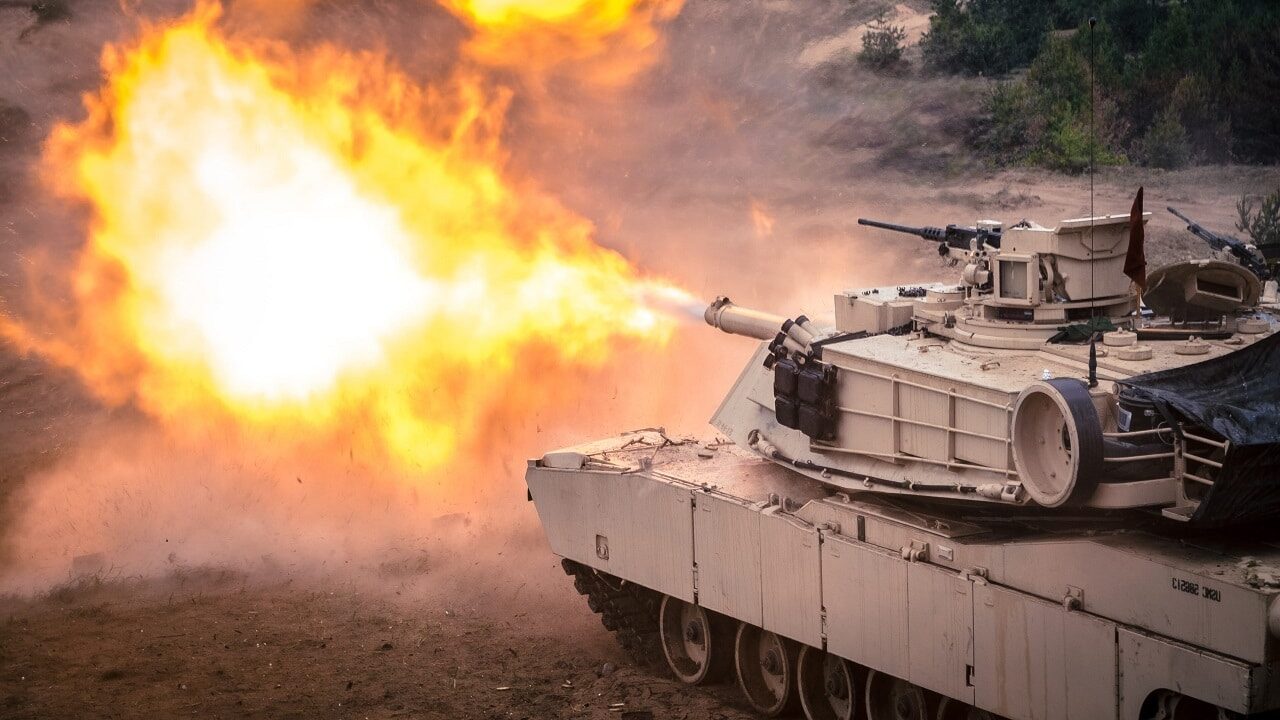The United States and NATO failed to deter Russia’s invasion of Ukraine. Actions taken before the February invasion – withdrawal of trainers from Ukraine and naval forces from the Black Sea, failure to reinforce front line Allies, delayed and severely limited arms aid, deferral of long-scheduled ICBM tests – sent an unmistakable message of irresolution. Earlier Russian nuclear threats, and the mere recognition of Russia as a nuclear power, effectively deterred a more robust Western response.
The absence of anything other than the most modest warnings of unspecified consequences to Putin’s most recent verbal escalation – “I’m not bluffing” – risks repeating this earlier failure.
NATO is at a severe disadvantage in theater or intermediate-range nuclear forces, resulting from the Intermediate-Range Nuclear Force (INF) Treaty and Russian violations of it without a U.S. response, post-Cold War visions of endless tranquility by Western elites, and preoccupation with Middle Eastern and terrorism contingencies. Russia possesses an estimated 1,912 tactical nuclear warheads deployed on a wide variety of aircraft, and ballistic and cruise missile delivery vehicles. There are currently an estimated 100 U.S. low-yield, air deliverable, tactical nuclear warheads stored in five original members of NATO under a two-key arrangement; none are in the front-line member states. These countries – The Netherlands, Belgium, Germany, Italy and Turkey – possess dual-capable aircraft equipped to deliver these weapons.
Discussion of what the U.S. and NATO might do after any Russian nuclear use has usually failed to address measures that could and should be taken prior to use to change the Russian calculus of risk and reward. Measures that should be undertaken now include:
- Deployment of NATO and U.S. dual-capable strike aircraft to front line states – Poland and one or more of the Baltics. These deployments would ideally be made by a number of those NATO members possessing this capability. The UK and France might also announce alerts or forward deployments of their national nuclear forces.
- Deployment of a small number of U.S. strategic bombers, perhaps to Britain, for an announced exercise.
- Deployment of U.S. naval vessels with a nuclear strike capability for an announced exercise in the Baltic and the northern Norwegian Sea.
The numbers need not and should not be large – single-digit numbers of aircraft and one or two naval combatants would suffice to make the point. The purpose would not be warfighting but deterrence and would be read by Putin as such. In a more far-sighted world, the United States and NATO would already have discussed and deployed options such as these, but there is no indication they have done so.
These steps would indeed be a step up the ladder of escalation. Similar measures were taken at several points during the Cold War, such as in 1973, when the U.S. raised its nuclear alert posture to deter Russian military support of Egypt during the Yom Kippur War. Also recall that the Carter administration proposed and the Reagan administration executed the deployment of U.S. INF missiles in 1983, facing down Russia’s buildup of SS-20 missiles (and coupled the deployment with an offer of their elimination if the Soviet Union did likewise.) Cautious escalation is a less dangerous option than waiting for some Russian nuclear escalation resulting in either Western capitulation or an ill-considered crisis response.
Steps such as these would go some distance toward restoring the frayed credibility of the American security guarantee, which underpins global security.
Gordon Bare is a retired U.S. Army and State Department officer.

